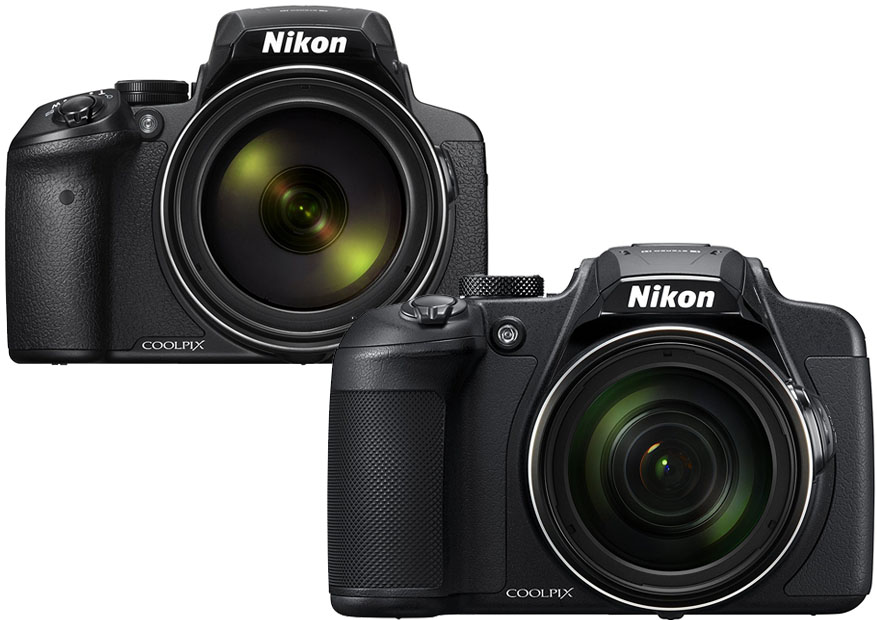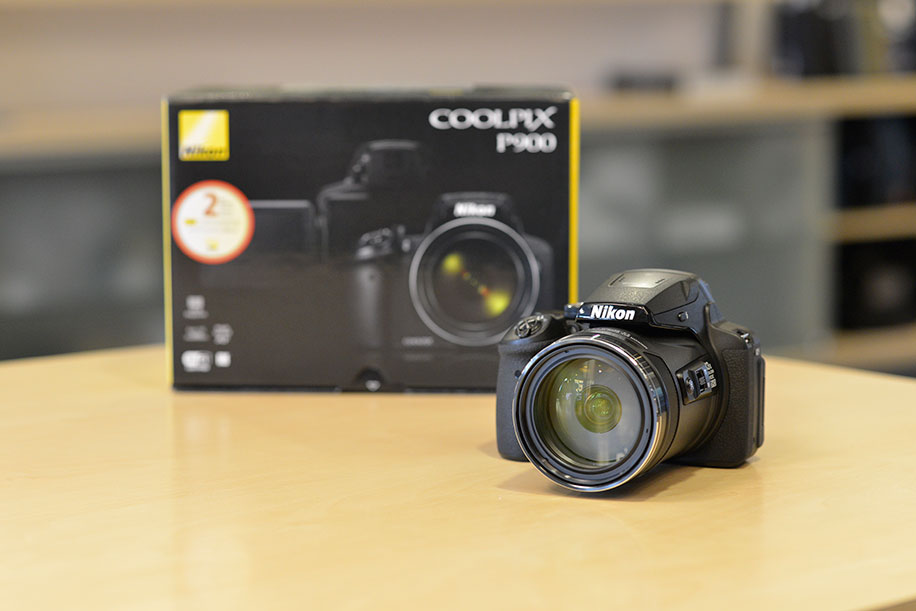Confused in choosing between Nikon Coolpix P900 vs B700? Both Nikon Coolpix P900 and Nikon Coolpix B700 are bridge cameras that can be your choice if you are looking for something under seven hundred bucks. However, contrary to what some people believe, Nikon Coolpix B700 is not a replacement model of Nikon Coolpix P900 at all. That is why Nikon Coolpix P900 is quite more expensive than Nikon Coolpix B700. So, which is the best bridge camera for the money? Let’s see the detailed comparisons between these two models below.

Design and Dimension
If you put the two bridge cameras side by side, you can see that Nikon Coolpix P900 is bigger and bulkier than Nikon Coolpix B700. Well, as a matter of fact, Nikon P900 is just as big and heavy as many DSLR cameras – take a look at the comparisons between Nikon Coolpix P900 vs D3400. This is because of the super-powerful lens (more on this later). The width of Nikon P900 is 140 mm, the height is 103 mm, and the total depth with the lens is 137 mm. The model is very heavy at 1.98 lbs.
On the other hand, Nikon B700 is slimmer, lighter, and more compact. It is 125 mm wide, 85 mm tall, and 107 mm deep. It has a weight of about 1.25 lbs.
Each of the two models is equipped with a three-inch fully articulating display screen, which is very handy and practical for shooting photos and videos from tricky angles and taking selfies. Each model is also equipped with a 921k dot electronic viewfinder. However, the button layouts are a little bit different. Nikon Coolpix P900 has a wider thumb rest area. On the other hand, the bottom left corner of Nikon Coolpix B700’s thumb rest area is cut out to make room for two function buttons.

In general, Nikon Coolpix P900 has a somewhat more comfortable grip feel, thanks to the wider, properly textured grip area. Although the buttons are placed more closely to each other, this is actually not an issue. In fact, all the buttons are within easy reach of the thumb. On the other hand, Nikon Coolpix B700’s buttons have been given more spacing so that the distance between one button and the other is longer, but the reduced grip area is an unfortunate thing.
Unfortunately, both Nikon Coolpix P900 and Nikon CoolpixB700 are not environmentally sealed. So, be careful when you are using either camera outdoor. Keep them protected from bad weather. Dropping them to the ground is also a bad idea.
Lens
Both Nikon Coolpix P900 vs B700come with integrated lenses. The similarity? Both models’ lenses have built-in optical image stabilization that can enhance your image quality by eliminating blurs and improving sharpness.However, that is pretty much the similarity. They have different lenses; Nikon P900 boasts one of the most powerful lenses that a bridge camera can have. It is a zoom lens that is able to provide up to 83X optical zoom and up to 166X Dynamic Fine Digital Zoom. It is comparable to a 24–2000mm F/2.8–6.5 lens.
On the other hand, Nikon B700’s lens can only give up to 60X optical zoom and up to 120X Dynamic Fine Digital Zoom. It is comparable to a 24–1440mm F/3.3–6.5 lens.
Image Sensor
Both Nikon Coolpix P900 vs B700are equipped with 1/2.3” image sensors. However, since Nikon Coolpix B700 is newer, it is not surprising that the product is more up-to-date with the latest technologies. The first difference that we can immediately notice is that Nikon B700 comes with 20MP resolution. In addition, Nikon B700 actually comes with a back-illuminated sensor, which can improve the camera’s low-light performance.

On the other hand, Nikon Coolpix P900 comes with 16MP resolution. This is not necessarily a disadvantage, because the image quality is also very good. The image sensor is indeed a regular CMOS sensor rather than a back-illuminated sensor, but the larger lens aperture helps in taking photos in a low-light situation. The ISO range of Nikon Coolpix P900 is notably wider, going from ISO 100 to 6400, and expandable to 12800.
Features
There are two strong advantages of Nikon Coolpix B700 that make the decision tricky and difficult. First, it is already able to record 4K videos. Since 4K content is becoming more and more trending, this can be a future-proof choice for videography. Second, it now comes with the RAW support. If you greatly prefer to shoot in the RAW format, this is a solid option.
Nikon Coolpix P900, on the other hand, has neither the 4K video recording nor the RAW support. It records videos in the Full HD (1920 x 1080) resolution. However, Nikon Coolpix P900 offers a higher continuous shooting speed of 7.0 fps (Nikon Coolpix B700’s continuous shooting speed is only 5.0 fps), which is great for sports photography. It also has better flash coverage, and a slightly longer battery life.
Both models have face detection focus, manual focusing, manual exposure, and timelapse recording. These are great features for serious photographers.
Connectivity
Both Nikon Coolpix P900 and Nikon Coolpix B700 come with built-in Wi-Fi, which you can use not only for transferring photos and videos to your mobile devices seamlessly, but also for controlling the bridge camera remotely. You can connect either camera to your smartphone, and then control the camera without actually touching it. Both models also come with NFC for easy connection with compatible mobile devices. However, Nikon Coolpix B700 now comes with Bluetooth; Nikon Coolpix P900 does not.
Conclusion
Choosing between Nikon Coolpix P900 vs B700 is not a straightforward decision. In general, Nikon Coolpix B700 is an excellent choice if you can benefit from the RAW support and the 4K video recording. Otherwise, we recommend you to choose Nikon Coolpix P900. It has a better grip design, albeit being quite bigger and heavier. It also has one of the most powerful lenses in the class, and it offers solid performance with the better ISO range, continuous shooting speed, and flash coverage.



